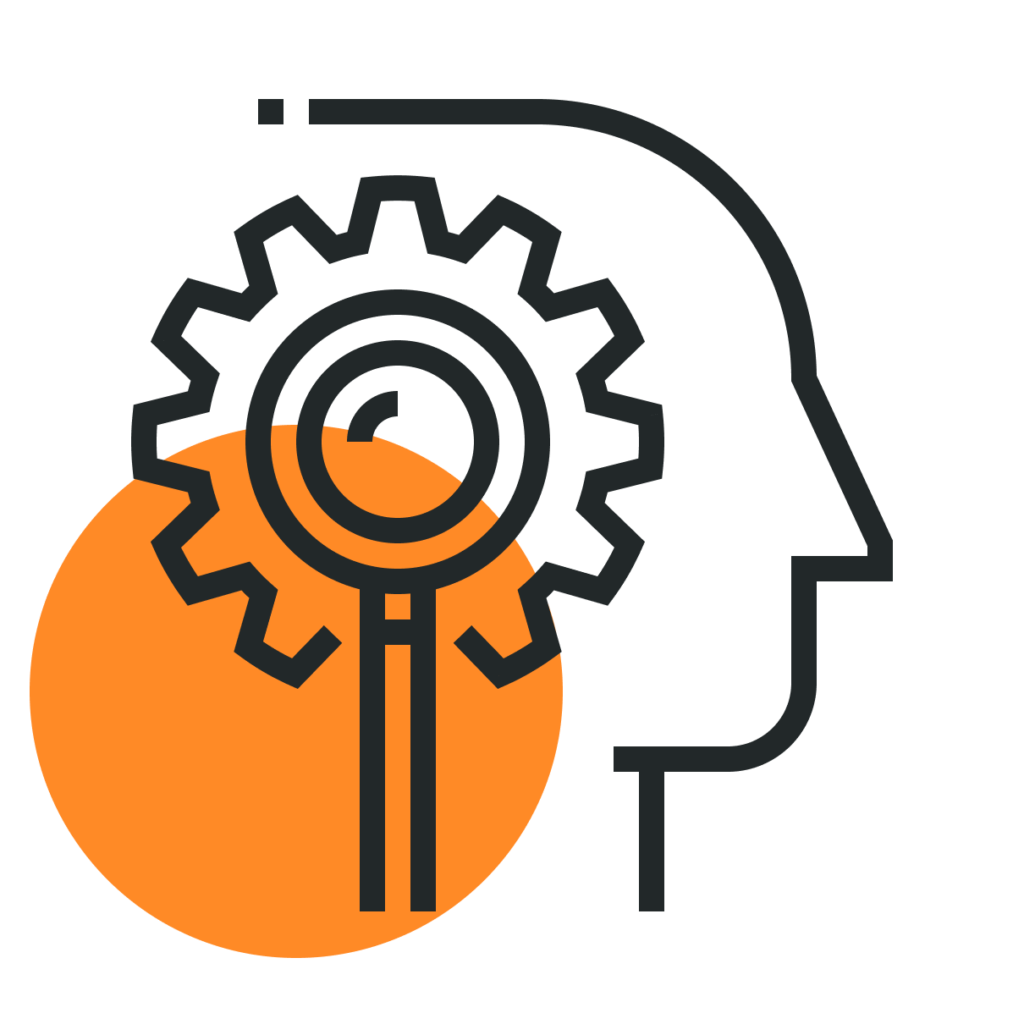The concept of the Identifiable Victim Effect was first discussed by economist Thomas Schelling in 1968 when he pointed out that the death of a single person—a named individual with a story—often evokes a more profound emotional response than the deaths of many people.
This observation was further explored and given its name by psychologists Deborah Small and George Loewenstein, who conducted experiments demonstrating that people are more likely to donate to charitable causes when they hear a personal story about an individual victim, rather than statistical information about a group of people.
This bias is likely rooted in evolution. Our ancestors lived in small groups where knowing each individual was crucial for survival. This hardwired our brains to respond more empathetically to identifiable individuals which was more irrelevant to daily life in small communities.
This effect can be both negative and positive for software teams. It can keep us focused on the noteworthy edge cases while ignoring bigger problems. But it can also be used to our advantage in certain circumstances.
How often have we encountered this scenario: An influential stakeholder has a conversation with an unhappy user. Now that stakeholder is laser-focused on solving this one specific issue, potentially ignoring larger problems facing more users they have never spoken with.
But we can also use this bias to our advantage when working to influence the team. We can use personal stories from research to help highlight specific issues and bring struggling users to the attention of our team.
This effect can act as a powerful motivator to rally the team, too. Understanding how the software is helping specific users can urge otherwise apathetic teammates to do their best work.
🎯 Here are some key takeaways:
Understand your audience's emotional triggers
Knowing that people are more moved by individual stories than by numbers can help you craft messages that resonate more deeply and elicit stronger responses.
Use personas wisely
Turn faceless data into more personal stories. Craft detailed personas to represent your user base. But be careful not to skew too much toward a specific person or anecdote and play into this bias.
Balance empathy with rationality
While the Identifiable Victim Effect can be powerful, it's also essential to provide context and data to avoid skewing perspectives solely toward individual cases.
Understand the bias in decision-making
Be aware of how the Identifiable Victim Effect might influence your judgments. Strive for decisions that are both empathetic and rational, considering both individual stories and the bigger picture.
Be ethical in your approach
While leveraging the Identifiable Victim Effect can be effective, it's crucial to do so ethically, ensuring that stories are told respectfully and truthfully, without manipulation.
📚 Keep exploring
To dive deeper into the topic of Identifiable Victim Effect and its implications for decision-making, check out these resources:



